8MATO
8MATO

"We want to create a space where people can enjoy working, learning, and conversation while feeling the pleasant breeze on the large open terrace that connects to the forest.”
8MATO*, a workspace nestled in the forest of shrines, is inspired by the concept of “Together with the mountains.” The number ‘8’ symbolises infinite possibilities and reflects the grandeur of the Yatsugatake Mountains. The expansive roof over the deck, which extends beyond the interior space, transforms even rainy days into a delightful experience. The Nuki structure above the Ishiba building exudes a presence reminiscent of the Kiyomizu-dera temple in Kyoto. The facility includes a kitchen, toilet, shower room, and Wi-Fi. The craftsmanship of Sobokuya creates a serene yet powerful atmosphere in this workspace, harmoniously integrated into the natural slope of the forest.
*8MATO is read as "Yamato"
-
Construction dateAugust 2022
-
LocationHokuto City, Yamanashi
-
Total floor area174.1㎡
-
Number of floorsone-story
-
StructureWood
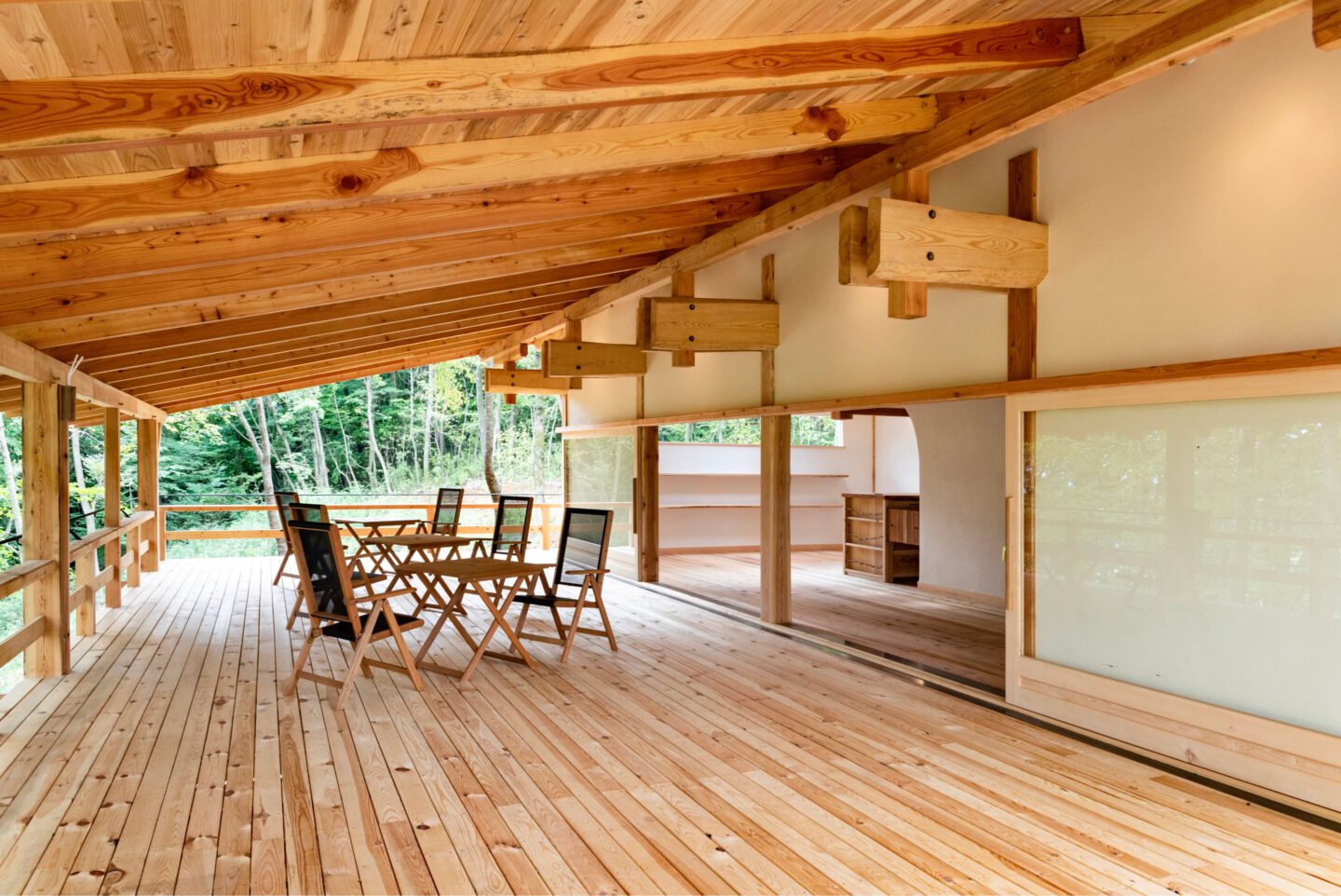
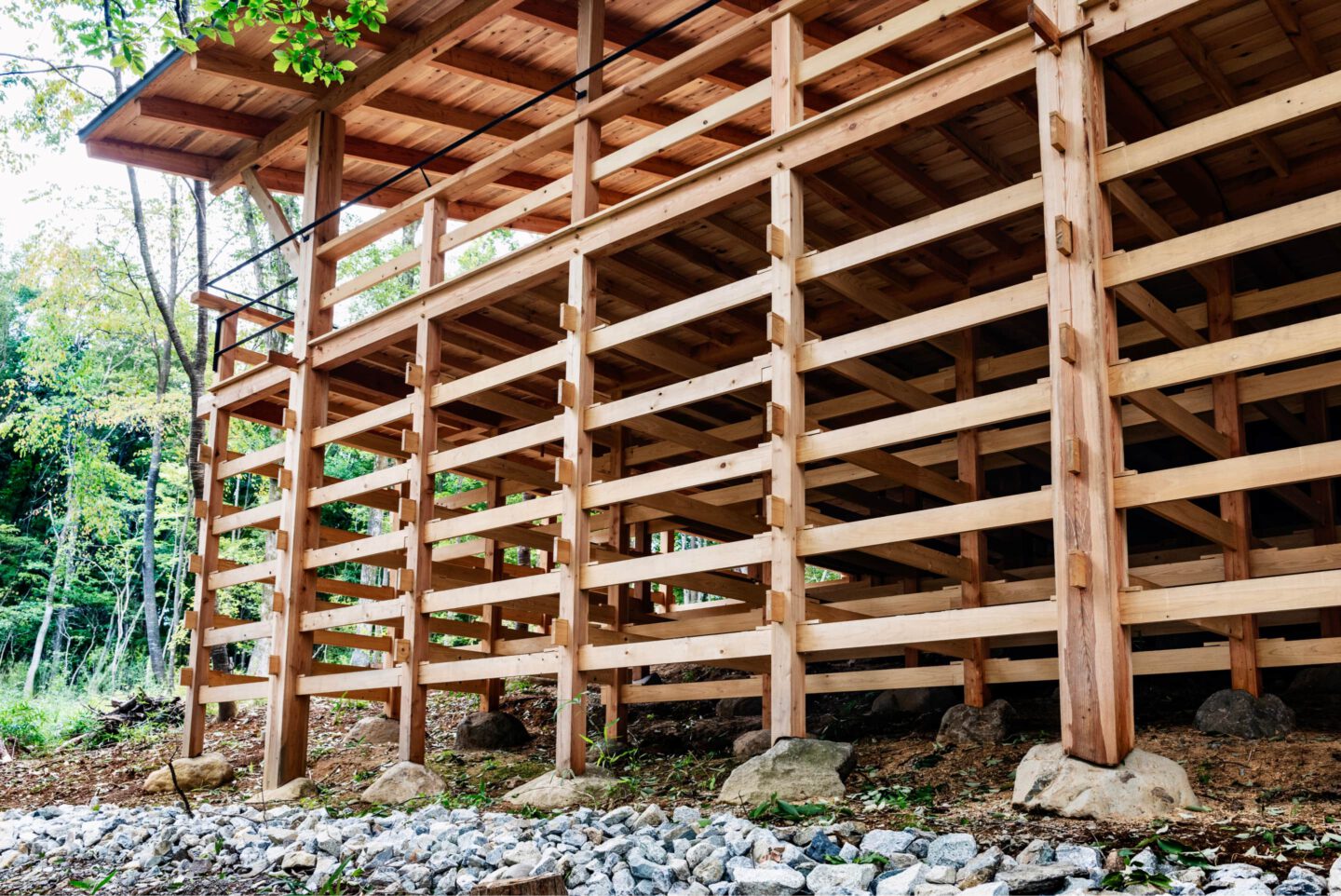
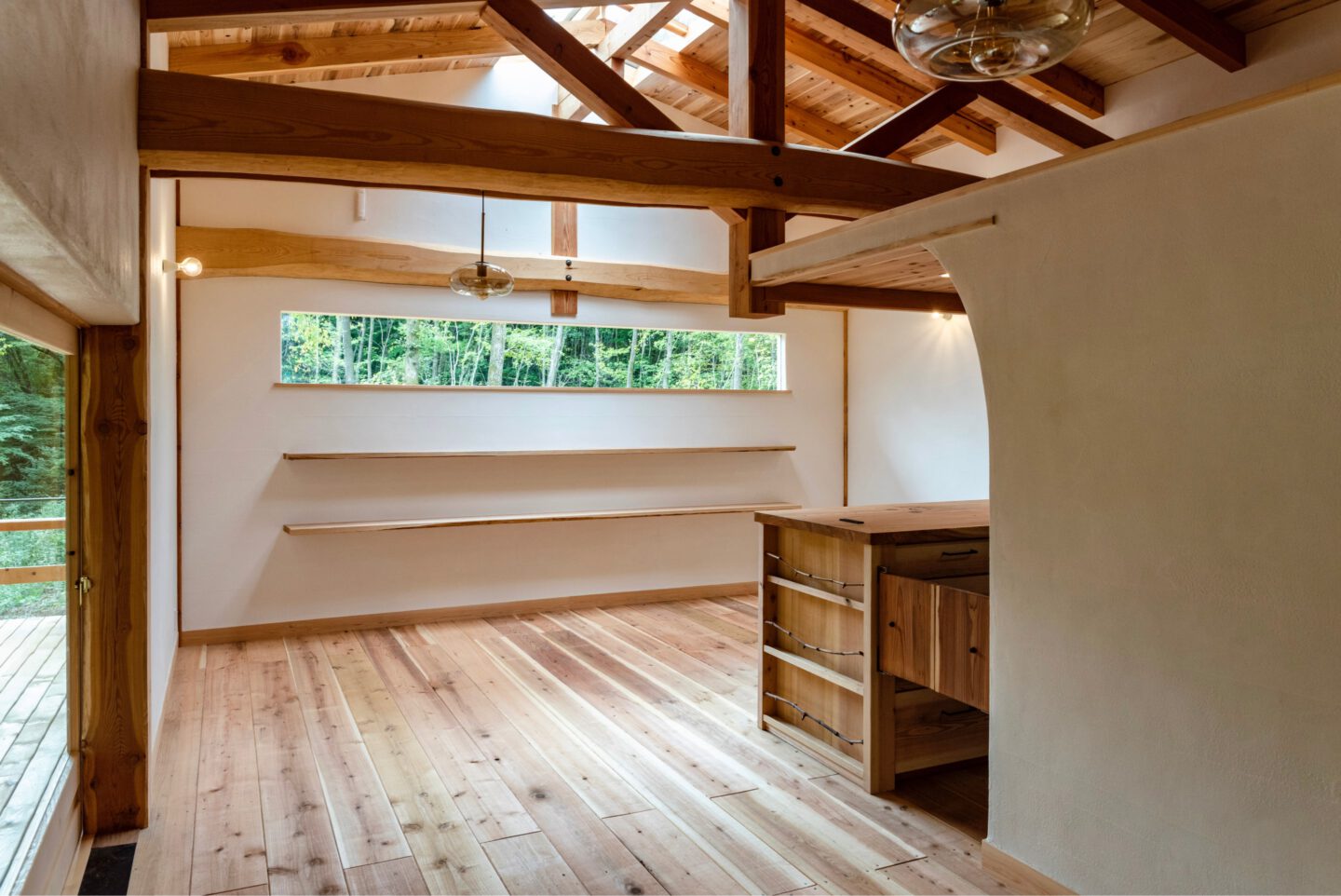
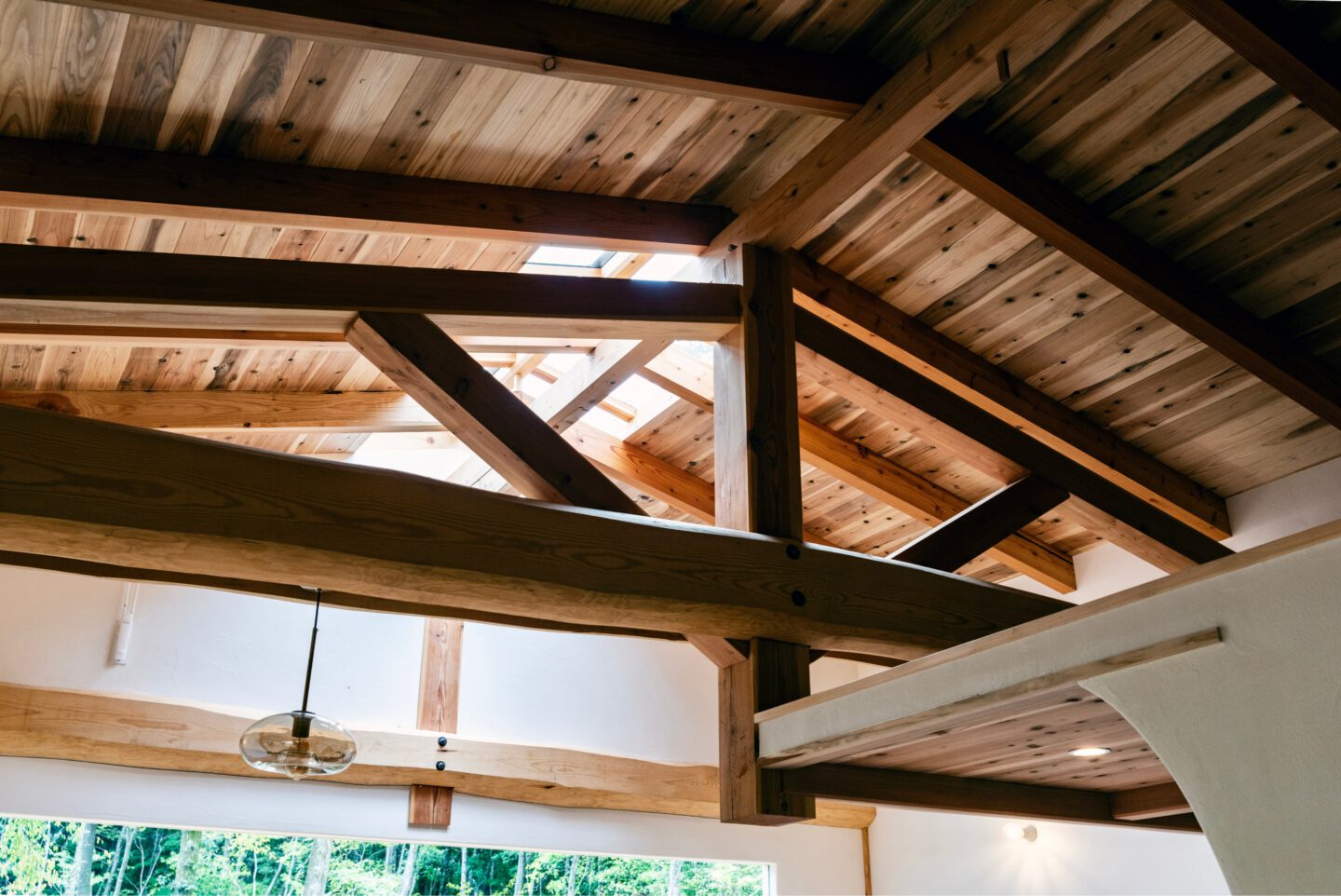
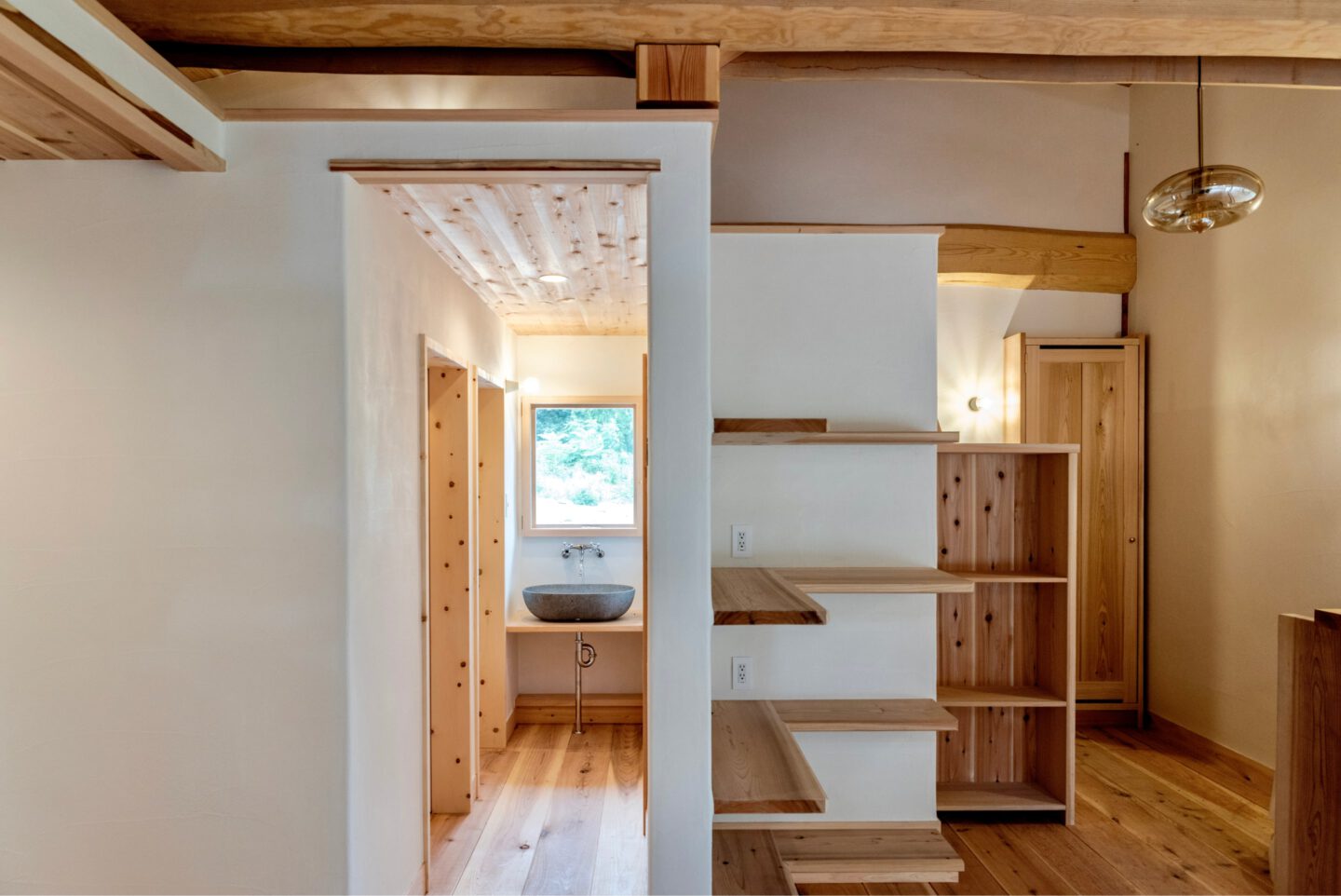
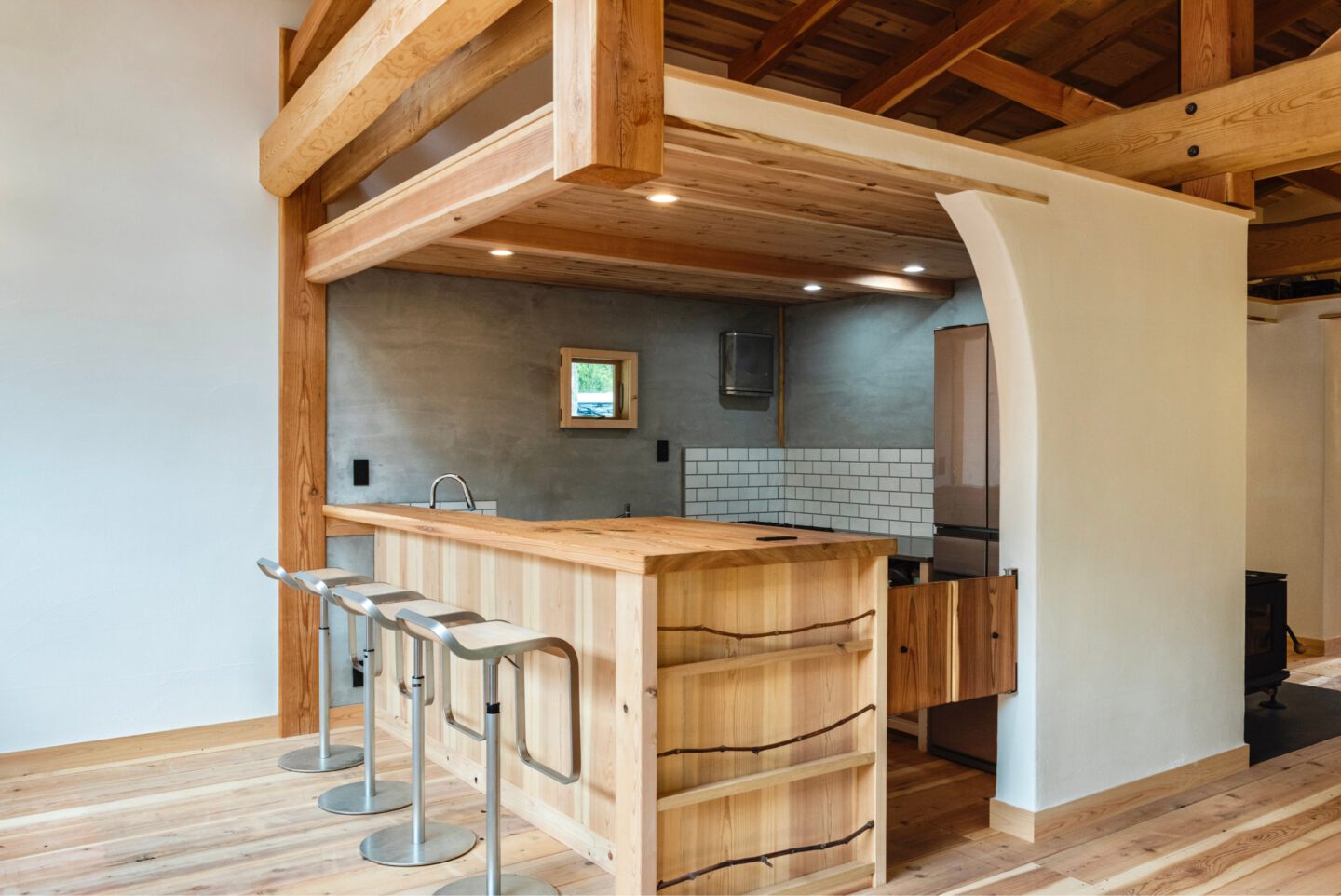
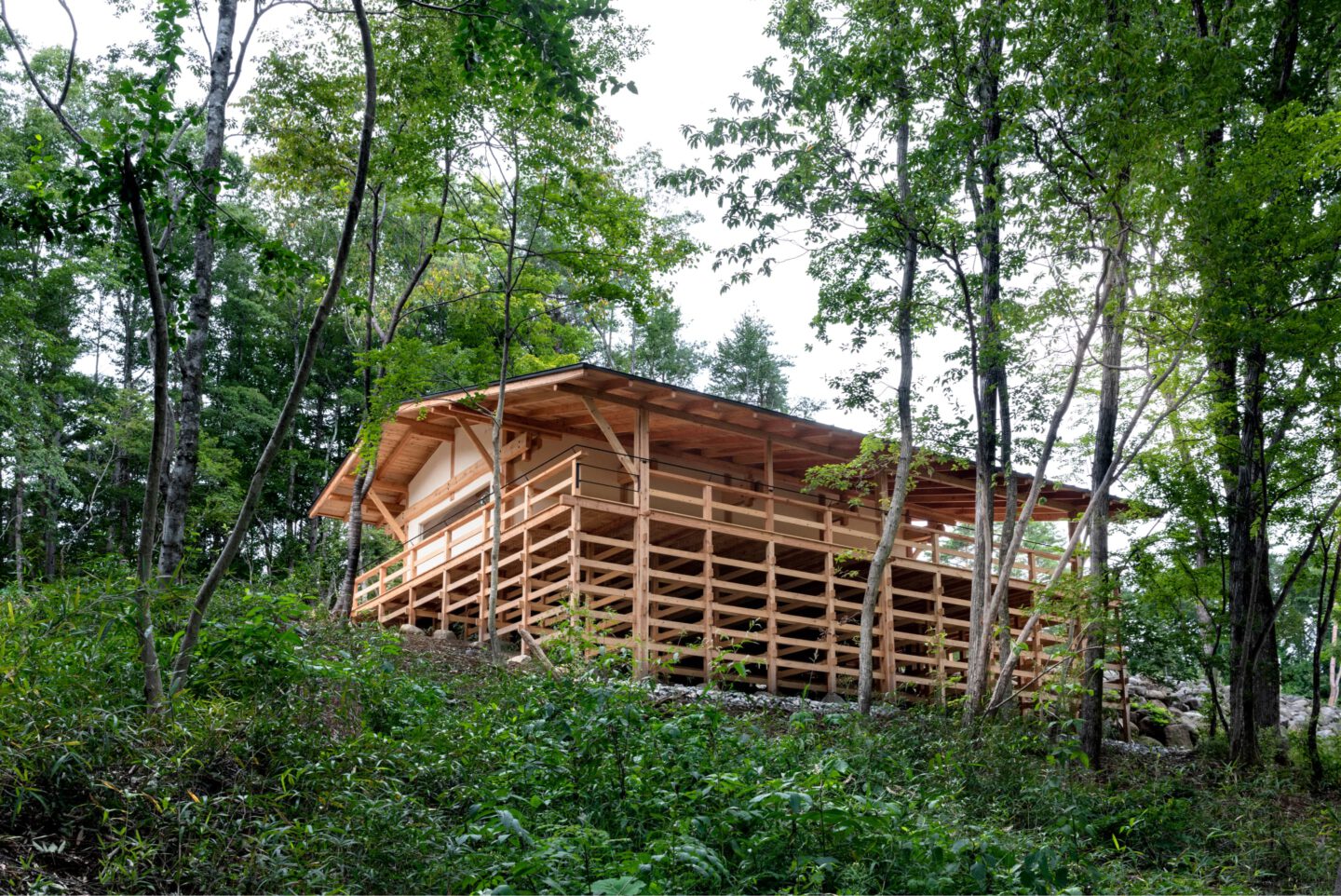

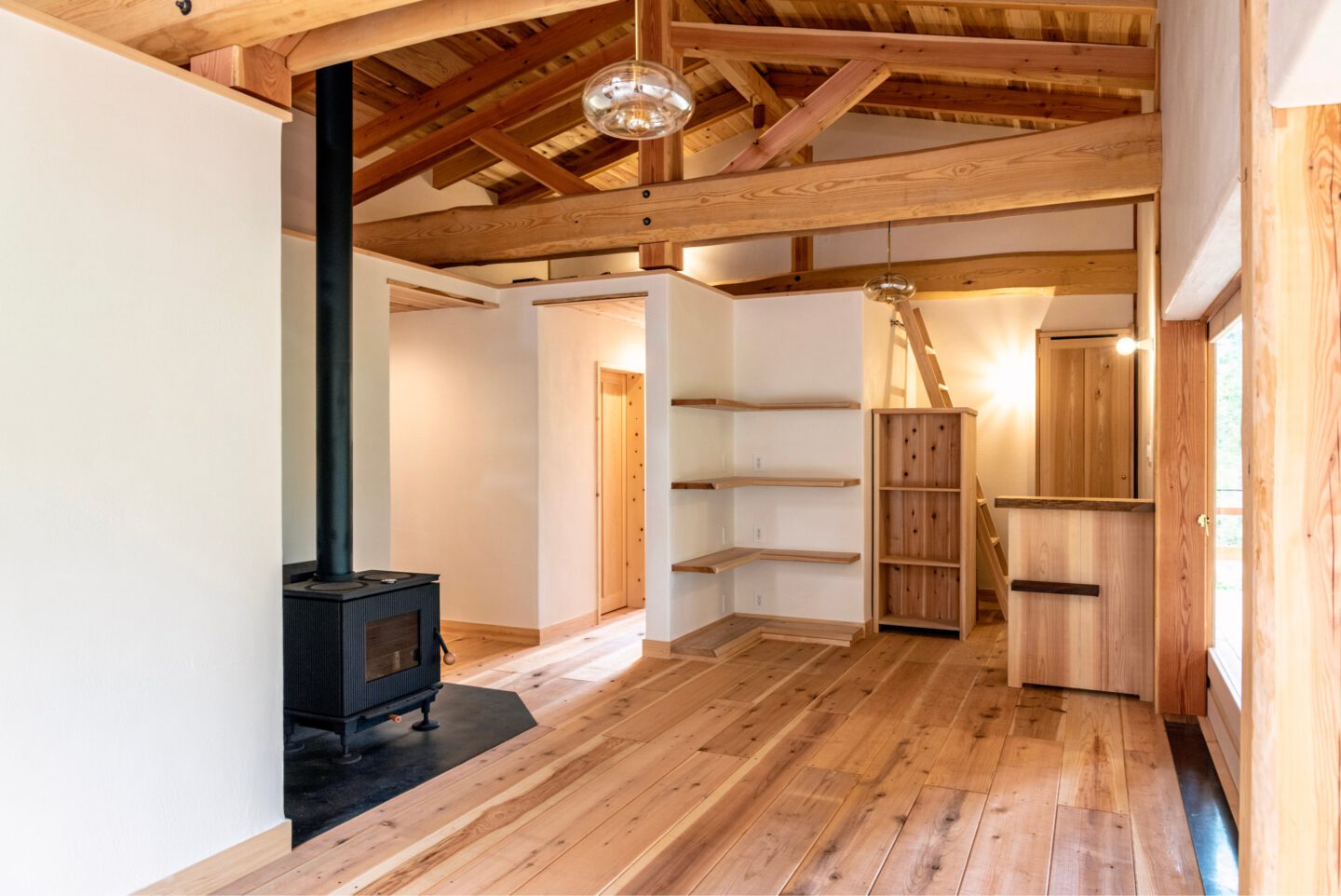
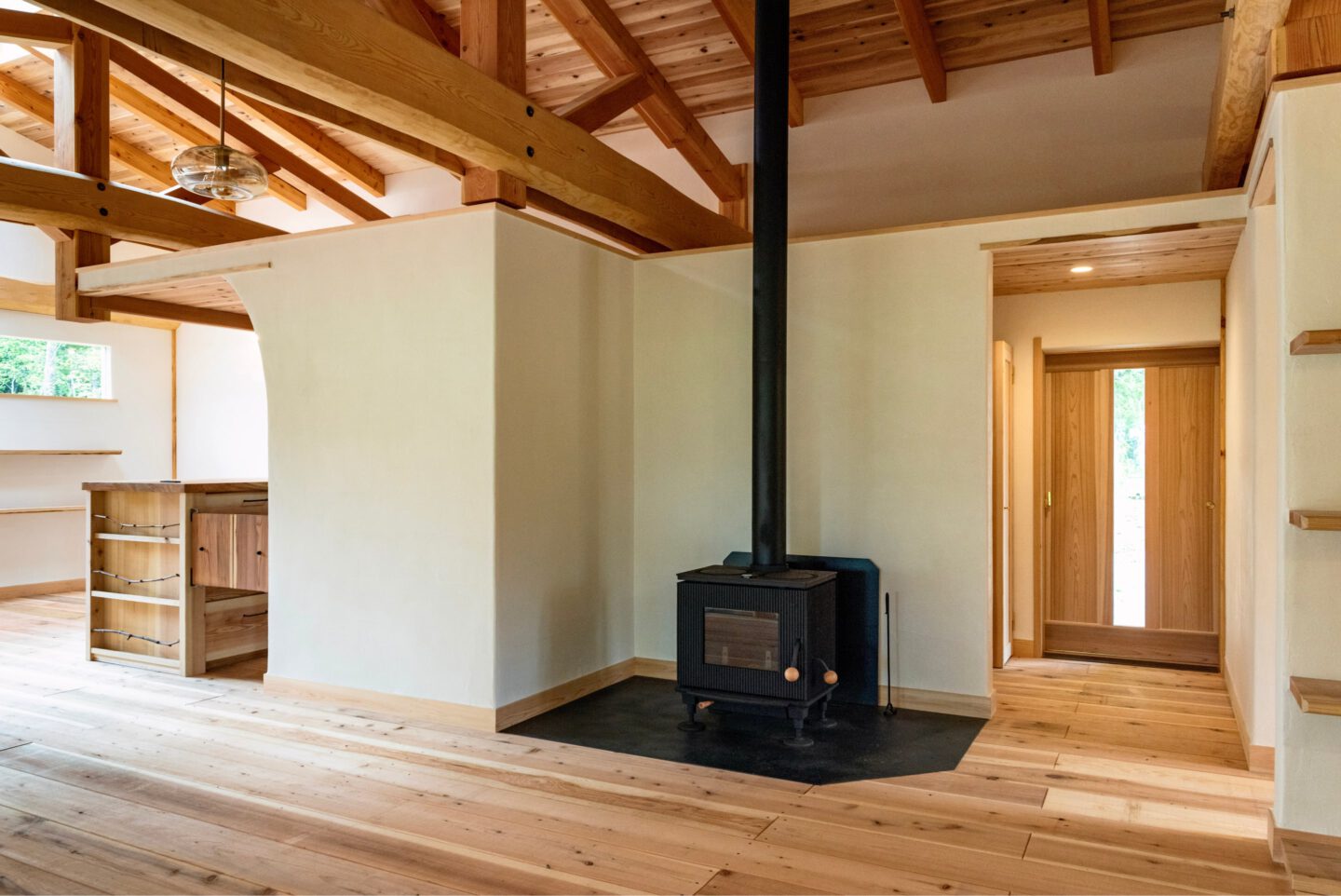
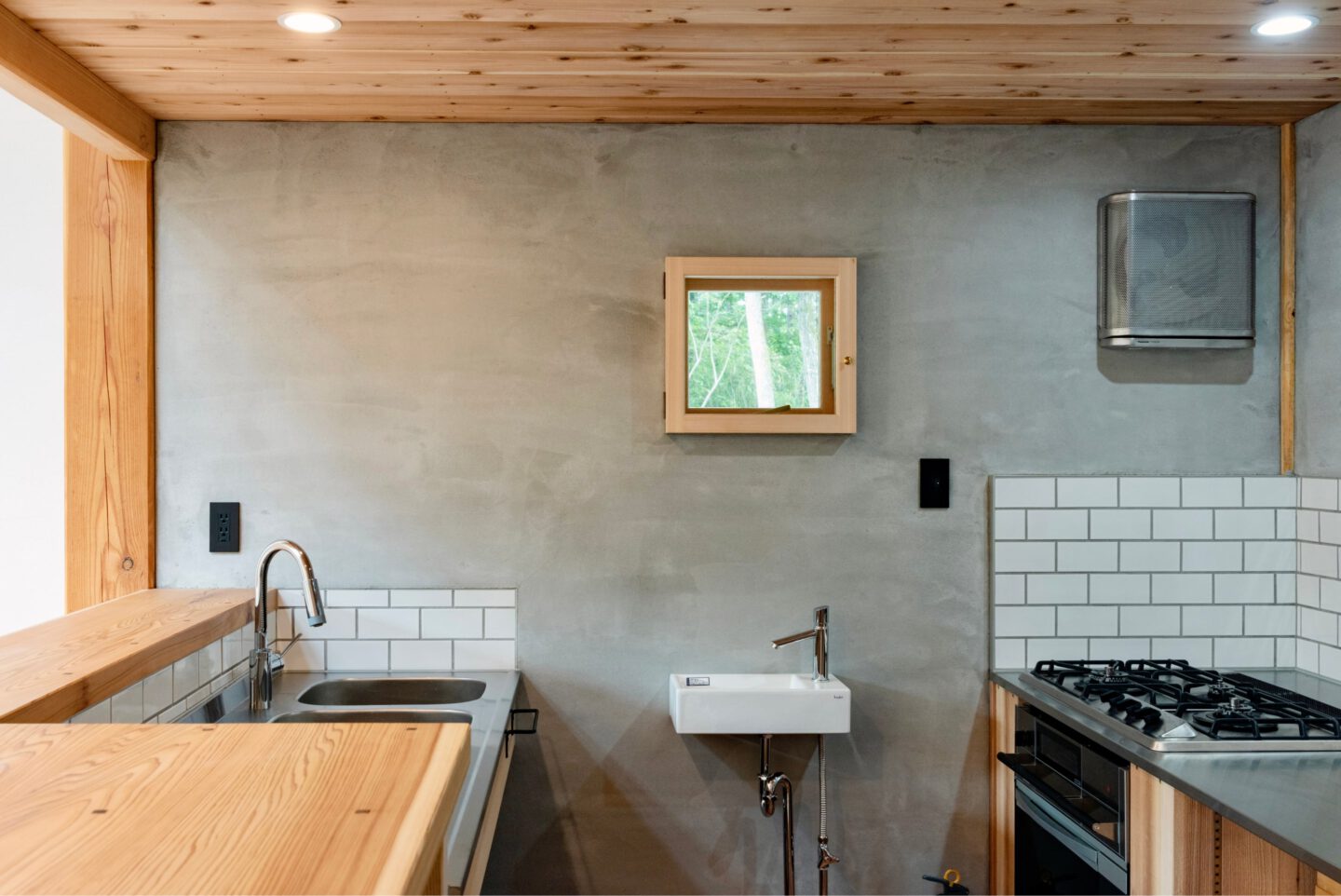
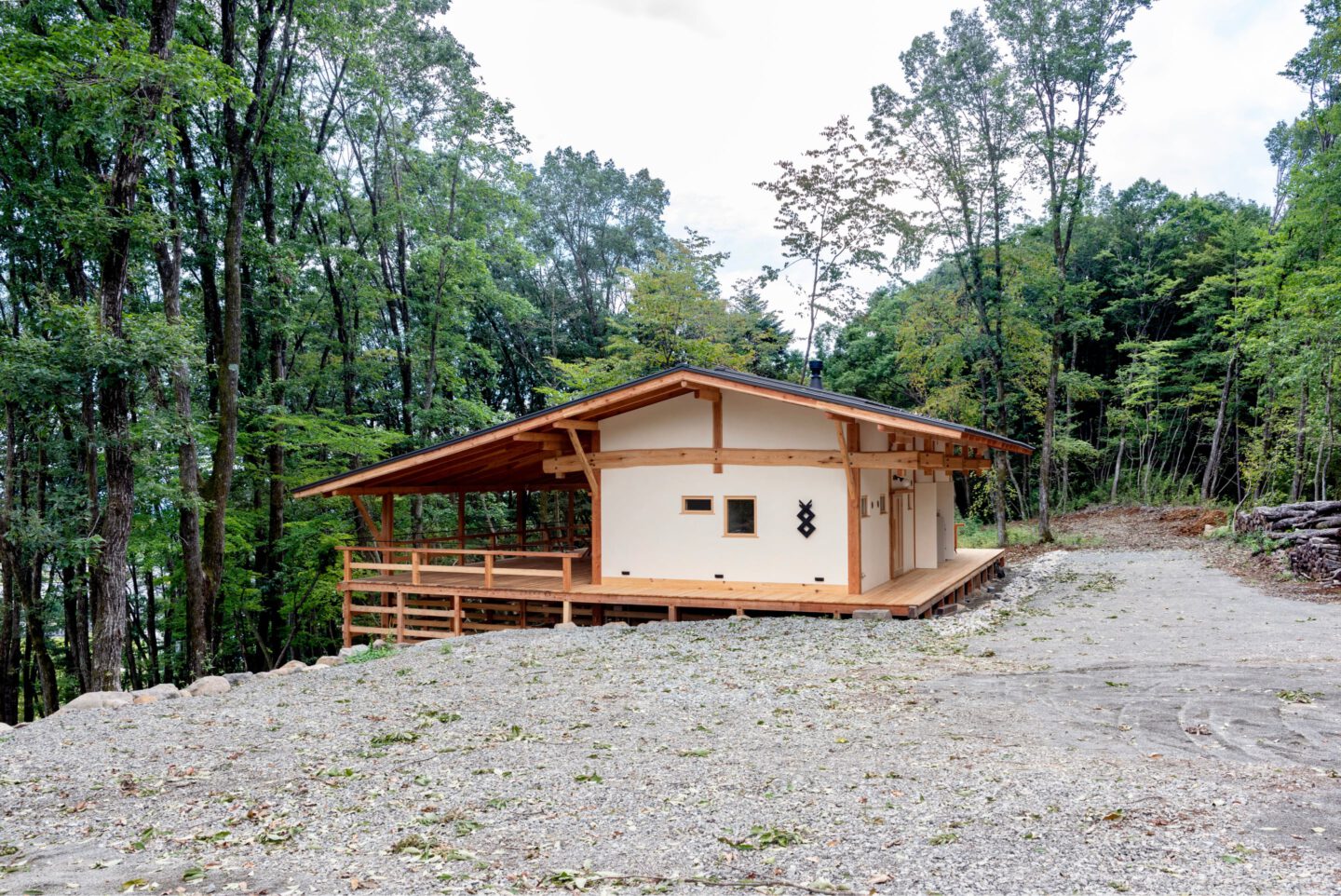






360° preview
Please consult with us about your project.
Consultations on moving to the Yatsugatake region, finding land, climate and topography, etc., are available. We also offer tours of a model house built using the wooden frame construction method.